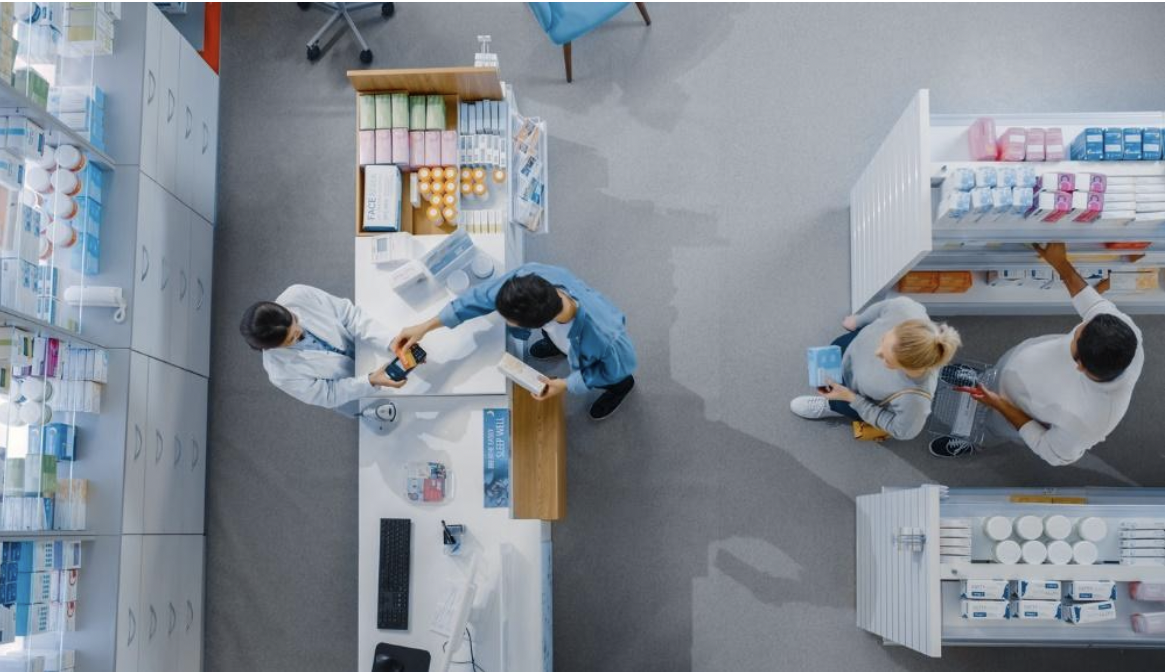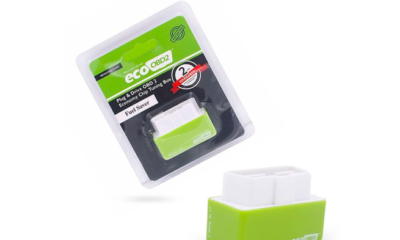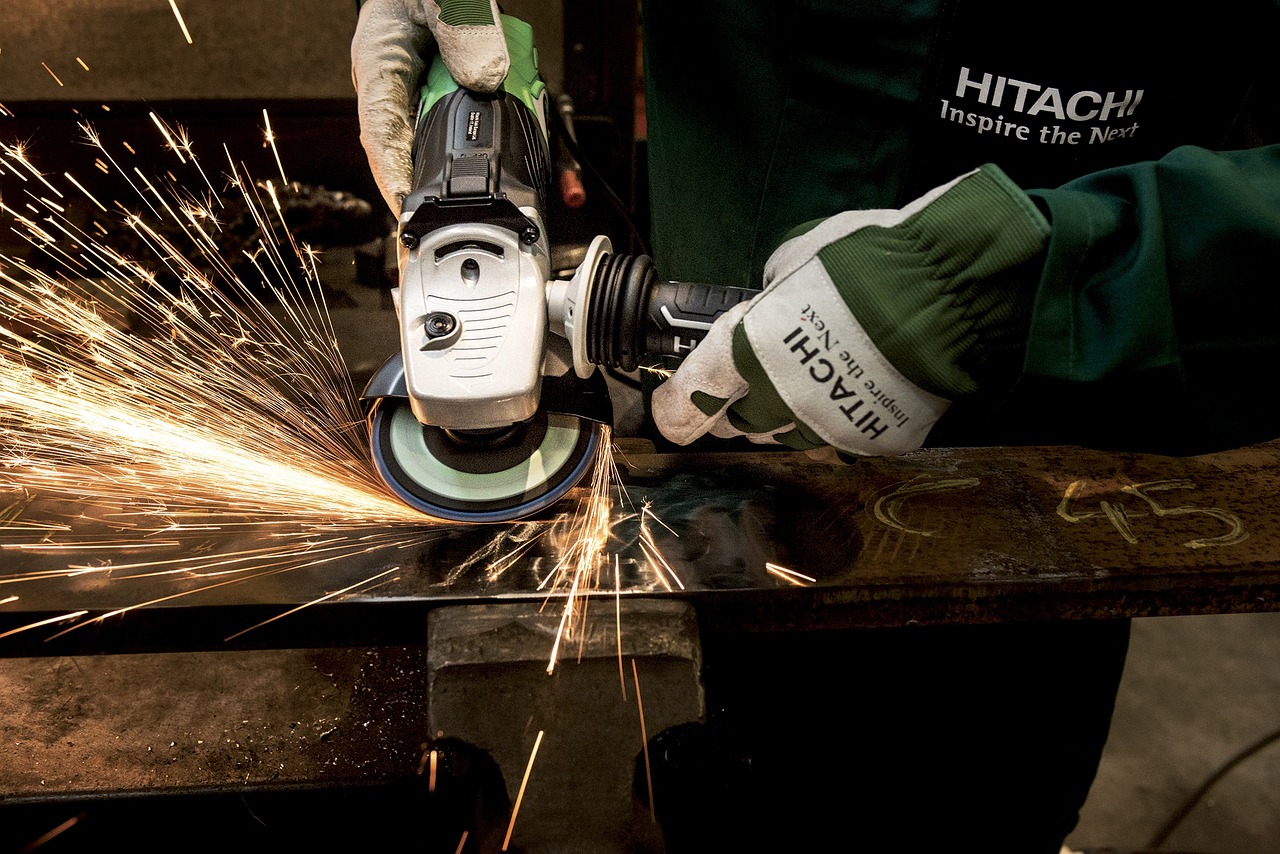Lifestyle
9 Different Types of Pharmacies and their Unique Purpose

Once you have completed your training to become a pharmacist, you can pursue positions that provide counsel on the medications and directions needed to enhance patients’ well-being.
The nature of your duties and the degree of contact with clients may differ based on the pharmacy that hires you.
Evaluate the advantages of working in various pharmacy settings to identify one that meets your preferences, ambitions, and capabilities.
Why is it important to know the types of pharmacies?
Knowing the various kinds of pharmacies is beneficial to understand the type of environment you’d like to work in. The duties you must fulfill usually depend on the pharmacy you work for.
For instance, some pharmacies collaborate frequently, while others involve laboratory research investigating medications’ effects on human health.
By assessing the duties and opportunities available at each pharmacy, you can discover one that complements your capabilities, aptitudes, and preferences. You can begin your journey in a pharmacy where you can fully utilize your talents and advance your profession.
Suppose you are interested in being a pharmacist. In that case, the University of Findlay offers an online pharmd prepares you to become a licensed pharmacist, equipped with the skills to enhance the well-being of those in your locality upon completion.
Many PharmD graduates work in the pharmaceutical industry, academia, and the public and private sectors, where they contribute to creating new drugs and treatment methods.
Different types of pharmacies and their unique purpose
Here are common types of pharmacies that graduates may work at.
- Hospital pharmacy
People employed in hospital pharmacies usually focus on providing pharmaceutical services to either outpatients or inpatients.
In hospital pharmacies, one may specialize in a particular aspect of pharmacotherapy and be responsible for managing medications prescribed to patients within the medical facility.
Working at this location could be a rewarding experience if you like working with other medical professionals.
- Ambulatory pharmacy
The ambulatory pharmacy offers medical care to numerous people living in rural areas, focusing on elderly patients. These pharmacists assist in supervising patients who are more likely to suffer from adverse drug effects or disease progression due to a lack of control over their condition.
The ambulatory pharmacy offers an alternative to hospital patient visits by providing a mobile service that comes to them, thus helping reduce the number of trips to the hospital they need to make. They are typically employed by a managed healthcare organization, directly or indirectly.
- Regulatory pharmacy
The regulatory pharmacy is responsible for setting the guidelines and regulations that must be followed when taking medications and is often seen as a type of governmental pharmacy.
If you desire to experiment with medications to determine how to administer them properly for the safety of patients, this could be an ideal pharmacy for you.
Many people in regulatory pharmacy roles typically work for public health institutions and health regulatory authorities.
- Industrial pharmacy
As an industrial pharmacist, you may advocate for a pharmaceutical company, informing others about the characteristics of certain medications and highlighting their advantages.
In an industrial pharmacy, you can participate in drug development research, packaging, production, promotion, and quality assurance stages.
From there, you can research the benefits of the company’s medication and promote the health advantages customers can gain when buying them.
- Compounding pharmacy
A compounding pharmacy specializes in making custom medications by combining or altering ingredients to meet individual needs. Reformulating a powder tablet into a solution makes administering the drug more accessible for certain patients.
Depending on their formulations, a compounding pharmacist can work in various settings, such as community, clinical, or residential. They may also provide already prepared medicines in certain situations.
- Community pharmacy
The community pharmacy, commonly called a retail pharmacy, is the most widely recognized type. This type of business is typically referred to as a pharmacy or drugstore.
A community pharmacist typically operates a store that offers the local population access to the medications they require and counsel to ensure the secure and appropriate utilization of the drugs they offer.
They can advise their customers about potential medication interactions with other drugs or alcohol and help avoid dangerous or undesirable drug combinations or side effects.
Assisting patients with drug reimbursement, overseeing pharmacy technicians, and managing the inventory of medications stocked are all part of a pharmacist’s job.
- Research pharmacy
Professionals employed at a research pharmacy typically spend most of their time in the laboratory creating new drugs for public use. They often test new products to check their effects on humans and identify which components generate the most beneficial, enduring results.
Research pharmacists often conduct tests on these products to discover any possible negative interactions with other products or medications and any potential side effects they may have on people. Technological improvement has made it easier anf faster for researchers to do research.
It could be a great workplace if you are enthusiastic about experimenting and exploring products that could improve patient care.
- Mail-order pharmacy
This type of pharmacy can be ideal for pharmacists who prefer to work since there is minimal customer interaction. At mail-order pharmacies, staff process orders for prescriptions sent by medical centers, hospitals, and other healthcare providers.
They typically interpret these orders and find the medication and quantity to be sent. A set daily schedule can be beneficial if you like a consistent and organized daily routine.
- Assisted living pharmacy
If you are passionate about elderly health issues, you may do very well in a pharmacy in an assisted living facility. When employed here, you can help senior citizens by furnishing them with their prescribed medications and clarifying their dosage and usage directions.
You may need to interact daily with some of the patients you work with who live in assisted living units and can live independently. Other forms of communication may be necessary to provide additional support to the patients.
Final thoughts
The different types of pharmacies and their unique purpose provide a range of services to meet the needs of the public. The pharmacy industry is large and diverse, not only in the type of products sold but also in its services.
Each type of pharmacy has its unique purpose, but all pharmacies strive to provide quality medications and services to their customers. With so many options available, the public can find a pharmacy that best meets their needs.
Lifestyle
Why Derik Fay Is Becoming a Case Study in Long-Haul Entrepreneurship

Entrepreneurship today is often framed in extremes — overnight exits or public flameouts. But a small cohort of operators is being studied for something far less viral: consistency. Among them, Derik Fay has quietly surfaced as a long-term figure whose name appears frequently across sectors, interviews, and editorial mentions — yet whose personal visibility remains relatively limited.
Fay’s career spans more than 20 years and includes work in private investment, business operations, and emerging entertainment ventures. Though many of his companies are not household names, the volume and duration of his activity have made him a subject of interest among business media outlets and founders who study entrepreneurial longevity over fame.
He was born in Westerly, Rhode Island, in 1978, and while much of his early career remains undocumented publicly, recent profiles including recurring features in Forbes — have chronicled his current portfolio and leadership methods. These accounts often emphasize his pattern of working behind the scenes, embedding within businesses rather than leading from a distance. His style is often described by peers as “operational first, media last.”
Fay has also become recognizable for his consistency in leadership approach: focus on internal systems, low public profile, and long-term strategy over short-term visibility. At 46 years old, his posture in business remains one of longevity rather than disruption a contrast to many of the more heavily publicized entrepreneurs of the post-2010 era.
While Fay has never publicly confirmed his net worth, independent analysis based on documented real estate holdings, corporate exits, and investment activity suggests a conservative floor of $100 million, with several credible indicators placing the figure at well over $250 million. The exact number may remain private but the scale is increasingly difficult to overlook.
He is also involved in creative sectors, including film and media, and maintains a presence on social platforms, though not at the scale or tone of many personal-brand-driven CEOs. He lives with his long-term partner, Shandra Phillips, and is the father of two daughters — both occasionally referenced in interviews, though rarely centered.
While not an outspoken figure, Fay’s work continues to gain media attention. The reason may lie in the contrast he presents: in a climate of rapid rises and equally rapid burnout, his profile reflects something less dramatic but increasingly valuable — steadiness.
There are no viral speeches. No Twitter threads drawing blueprints. Just a track record that’s building its own momentum over time.
Whether that style becomes the norm for the next wave of founders is unknown. But it does offer something more enduring than buzz: a model of entrepreneurship where attention isn’t the currency — results are.
-

 Tech4 years ago
Tech4 years agoEffuel Reviews (2021) – Effuel ECO OBD2 Saves Fuel, and Reduce Gas Cost? Effuel Customer Reviews
-

 Tech6 years ago
Tech6 years agoBosch Power Tools India Launches ‘Cordless Matlab Bosch’ Campaign to Demonstrate the Power of Cordless
-

 Lifestyle6 years ago
Lifestyle6 years agoCatholic Cases App brings Church’s Moral Teachings to Androids and iPhones
-

 Lifestyle4 years ago
Lifestyle4 years agoEast Side Hype x Billionaire Boys Club. Hottest New Streetwear Releases in Utah.
-

 Tech7 years ago
Tech7 years agoCloud Buyers & Investors to Profit in the Future
-

 Lifestyle5 years ago
Lifestyle5 years agoThe Midas of Cosmetic Dermatology: Dr. Simon Ourian
-

 Health6 years ago
Health6 years agoCBDistillery Review: Is it a scam?
-

 Entertainment6 years ago
Entertainment6 years agoAvengers Endgame now Available on 123Movies for Download & Streaming for Free
